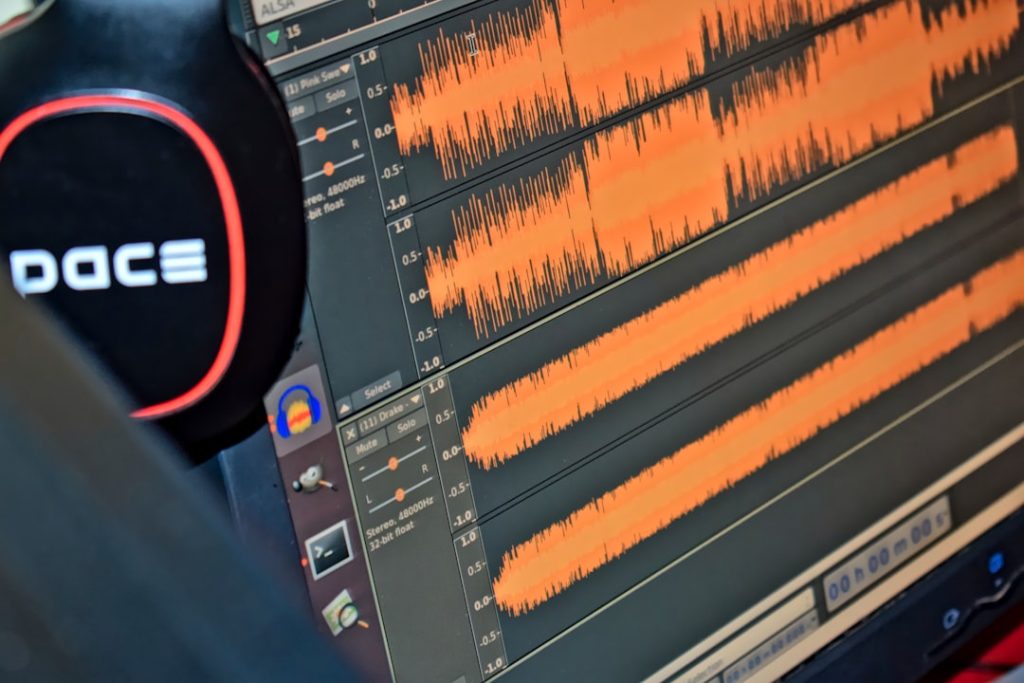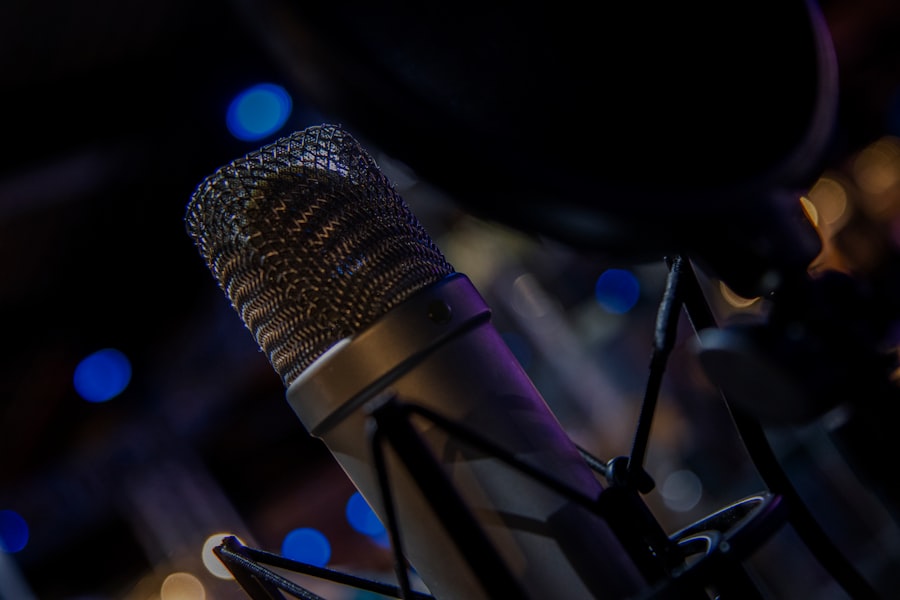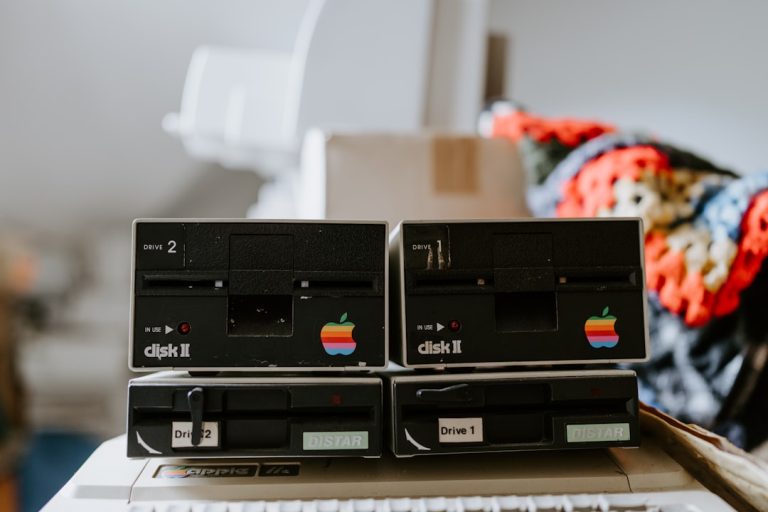
The advent of digital audio technology has revolutionized the way we create, store, and distribute sound. Unlike analog formats, which capture sound waves in a continuous manner, digital audio recording formats convert these waves into a series of discrete numerical values. This transformation allows for greater flexibility in editing, mixing, and sharing audio content.
The digital realm has given rise to a plethora of recording formats, each with its own unique characteristics and applications. Understanding these formats is essential for anyone involved in audio production, whether they are musicians, sound engineers, or casual listeners. Digital audio recording formats can be broadly categorized into two main types: uncompressed and compressed formats.
Uncompressed formats retain all the original audio data, providing the highest fidelity but requiring more storage space. Compressed formats, on the other hand, reduce file size by eliminating some audio data, which can lead to a loss in quality. The choice of format can significantly impact the final output of a project, influencing everything from sound quality to file compatibility.
As we delve deeper into the various digital audio recording formats, it becomes clear that each serves a specific purpose and audience within the vast landscape of audio production.
Key Takeaways
- Digital audio recording formats have revolutionized the way we capture and store sound, offering convenience and flexibility.
- Common digital audio recording formats include WAV, AIFF, MP3, AAC, and FLAC, each with its own unique features and uses.
- Understanding the difference between lossy and lossless compression in digital audio formats is crucial for maintaining sound quality.
- The choice of digital audio recording format can significantly impact the overall sound quality and fidelity of the recording.
- Compatibility and accessibility of digital audio recording formats are important considerations for sharing and distributing audio content.
Common Digital Audio Recording Formats
Uncompressed Audio Formats
WAV (Waveform Audio File Format) is a staple in professional audio production due to its uncompressed nature.
The format is compatible with virtually all audio software and hardware, making it a go-to choice for sound engineers. Similarly, AIFF (Audio Interchange File Format) is another uncompressed format favored by Apple users. It offers high-quality audio and is commonly used in professional environments, particularly in music production and broadcasting.
Compressed Audio Formats
On the compressed side of the spectrum, MP3 (MPEG Audio Layer III) remains one of the most popular formats for music distribution. Its ability to significantly reduce file size while maintaining acceptable sound quality has made it a favorite among consumers and artists alike. However, this compression comes at a cost; some audio detail is lost in the process. AAC (Advanced Audio Codec) is another compressed format that has gained traction, particularly in streaming services and digital downloads. It offers better sound quality than MP3 at similar bit rates, making it a preferred choice for platforms like Apple Music and YouTube.
Lossless Compression
FLAC (Free Lossless Audio Codec) stands out as a unique option that combines the benefits of both worlds. It compresses audio files without any loss of quality, allowing users to enjoy high-fidelity sound while saving storage space. This format has become increasingly popular among audiophiles and music collectors who prioritize sound quality but also want to manage their digital libraries efficiently.
The distinction between lossy and lossless compression is fundamental to understanding digital audio recording formats. Lossy compression reduces file size by permanently removing certain audio data deemed less critical to human perception. This process can lead to noticeable changes in sound quality, especially at lower bit rates.
For instance, an MP3 file encoded at 128 kbps may sound acceptable for casual listening but can exhibit artifacts such as muddiness or a lack of clarity when compared to its uncompressed counterparts. This trade-off between file size and audio fidelity is often a point of contention among audiophiles who argue that any loss of quality is unacceptable. In contrast, lossless compression retains all original audio data while still reducing file size to some extent.
Formats like FLAC and ALAC (Apple Lossless Audio Codec) exemplify this approach, allowing users to enjoy high-quality sound without sacrificing storage efficiency. The difference in listening experience between lossy and lossless formats can be stark; audiophiles often prefer lossless formats for critical listening sessions or archival purposes. However, the choice between lossy and lossless ultimately depends on the context in which the audio will be used.
For casual listening on portable devices or streaming services where bandwidth is limited, lossy formats may suffice. Conversely, for professional applications or high-fidelity playback systems, lossless formats are typically favored.
The Impact of Digital Audio Recording Formats on Sound Quality

The choice of digital audio recording format has a profound impact on sound quality, influencing everything from dynamic range to frequency response. Uncompressed formats like WAV and AIFF capture audio with high fidelity, preserving the nuances of the original performance. This level of detail is crucial in professional settings where precision is paramount—such as in film scoring or classical music recording—where every subtlety can affect the overall impact of the piece.
Compressed formats, while convenient for everyday use, can introduce artifacts that compromise sound quality. For example, MP3 files may exhibit a phenomenon known as “pumping,” where dynamic changes in volume become exaggerated due to compression algorithms. This can detract from the emotional weight of a song or the clarity of dialogue in a film.
In contrast, lossless formats like FLAC maintain the integrity of the original recording while still offering some degree of file size reduction. This makes them ideal for audiophiles who seek to preserve sound quality without resorting to bulky uncompressed files. Moreover, the bit depth and sample rate associated with different formats also play a crucial role in determining sound quality.
Higher bit depths allow for greater dynamic range, while higher sample rates capture more detail in the frequency spectrum. For instance, a 24-bit/96 kHz WAV file will provide a richer listening experience compared to a standard 16-bit/44.1 kHz MP3 file due to its ability to capture more subtle variations in sound.
Compatibility and Accessibility of Digital Audio Recording Formats
| Format | Compatibility | Accessibility |
|---|---|---|
| WAV | High | High |
| MP3 | High | High |
| FLAC | High | High |
| AAC | High | High |
| OGG | High | High |
Compatibility is a critical consideration when selecting digital audio recording formats, particularly in an increasingly interconnected world where collaboration across different platforms is common. WAV and AIFF files are universally supported across various operating systems and software applications, making them ideal choices for professional environments where multiple users may need access to the same files. Their widespread compatibility ensures that projects can be shared seamlessly without concerns about format issues.
On the other hand, compressed formats like MP3 and AAC are often favored for consumer applications due to their smaller file sizes and ease of use on portable devices. Most smartphones, tablets, and media players support these formats natively, allowing users to enjoy music on-the-go without worrying about storage limitations. However, this convenience can come at the expense of compatibility with certain professional software or hardware setups that may not support these compressed formats.
Accessibility also extends beyond compatibility; it encompasses how easily users can obtain and utilize different formats. With the rise of streaming services like Spotify and Apple Music, many listeners have shifted away from traditional downloads toward streaming models that prioritize convenience over ownership. This shift has implications for how artists distribute their music and how consumers engage with it.
While streaming offers unparalleled access to vast libraries of music, it often relies on lossy formats that may not satisfy audiophiles seeking high-quality sound.
The Evolution of Digital Audio Recording Formats
The Evolution of Digital Audio Recording Formats
The early days of digital audio saw the emergence of Pulse Code Modulation (PCM), which laid the groundwork for uncompressed recordings by converting analog signals into digital data streams. As technology advanced, more sophisticated formats emerged to cater to both professionals and consumers.
### The Rise of Compression
The introduction of MP3 in the late 1990s marked a significant turning point in how music was consumed and distributed. By enabling efficient compression without sacrificing too much quality, MP3 revolutionized the music industry and paved the way for digital downloads and online sharing platforms like Napster. This change not only altered how artists reached their audiences but also shifted listener behavior, as people began prioritizing convenience over physical media.
### The Streaming Era
As streaming services gained popularity in the 2010s, new formats emerged to cater to this evolving landscape. Advanced Audio Coding (AAC) became widely adopted due to its superior performance at lower bit rates compared to MP3, making it ideal for streaming applications where bandwidth is often limited.
Best Practices for Choosing and Using Digital Audio Recording Formats

When selecting a digital audio recording format, several best practices can help ensure optimal results based on specific needs and contexts. First and foremost, consider the intended use of the audio files. For professional applications such as music production or film scoring, uncompressed formats like WAV or AIFF are typically recommended due to their superior sound quality and compatibility with industry-standard software.
For casual listening or distribution purposes where file size is a concern, lossy formats like MP3 or AAC may be more appropriate. However, it’s essential to choose an adequate bit rate when encoding these files; higher bit rates (e.g., 256 kbps or 320 kbps) will yield better sound quality than lower ones (e.g., 128 kbps). Additionally, when archiving music collections or creating high-fidelity playback systems, opting for lossless formats like FLAC ensures that original recordings are preserved without degradation over time.
Another best practice involves staying informed about emerging technologies and trends within the digital audio landscape. As new codecs and formats continue to develop—such as MQA (Master Quality Authenticated) for high-resolution streaming—being aware of these advancements can help users make informed decisions about their audio choices.
Future Trends in Digital Audio Recording Formats
Looking ahead, several trends are poised to shape the future of digital audio recording formats as technology continues to evolve rapidly. One significant trend is the increasing demand for high-resolution audio formats that offer superior sound quality compared to traditional lossy options. As consumer awareness grows regarding the limitations of standard streaming services, there is likely to be a push toward lossless streaming options that cater to audiophiles seeking an immersive listening experience.
Additionally, advancements in artificial intelligence (AI) are beginning to influence how audio is recorded and processed. AI-driven tools can analyze audio data more efficiently than ever before—enabling automatic mixing or mastering processes that were once labor-intensive tasks requiring skilled engineers’ expertise. This could lead to new recording formats optimized for AI applications that prioritize ease of use while maintaining high-quality output.
Furthermore, as virtual reality (VR) and augmented reality (AR) technologies gain traction within entertainment industries—particularly gaming—there will be an increased need for spatial audio formats capable of delivering immersive experiences that mimic real-world acoustics accurately. In conclusion, understanding digital audio recording formats is essential for anyone involved in music production or consumption today; from professionals seeking optimal fidelity during recordings down through casual listeners looking for convenient ways to enjoy their favorite tunes on-the-go!
If you’re interested in learning more about digital audio recording formats, you may want to check out this article on sersea.media. This article delves into the evolution of digital audio recording technology and how it has revolutionized the way we create and consume music. It provides a comprehensive overview of different audio formats and their respective advantages and disadvantages, making it a valuable resource for anyone looking to deepen their understanding of the subject.
FAQs
What are digital audio recording formats?
Digital audio recording formats are file formats used to store and playback digital audio recordings. These formats can vary in terms of compression, quality, and compatibility with different devices and software.
What are some common digital audio recording formats?
Some common digital audio recording formats include WAV, AIFF, MP3, AAC, FLAC, and WMA. Each format has its own characteristics and is suitable for different purposes.
What is the difference between lossless and lossy audio formats?
Lossless audio formats preserve the original quality of the audio recording without any loss of data, while lossy audio formats compress the audio data by discarding some information, resulting in a smaller file size but a potential loss of audio quality.
Which digital audio recording format is best for high-quality audio recordings?
For high-quality audio recordings, lossless formats such as WAV and AIFF are often preferred as they preserve the original audio quality without any loss of data. However, they result in larger file sizes compared to lossy formats.
What factors should be considered when choosing a digital audio recording format?
When choosing a digital audio recording format, factors to consider include the desired audio quality, file size, compatibility with playback devices and software, and the intended use of the audio recordings (e.g., professional music production, casual listening, streaming, etc.).


